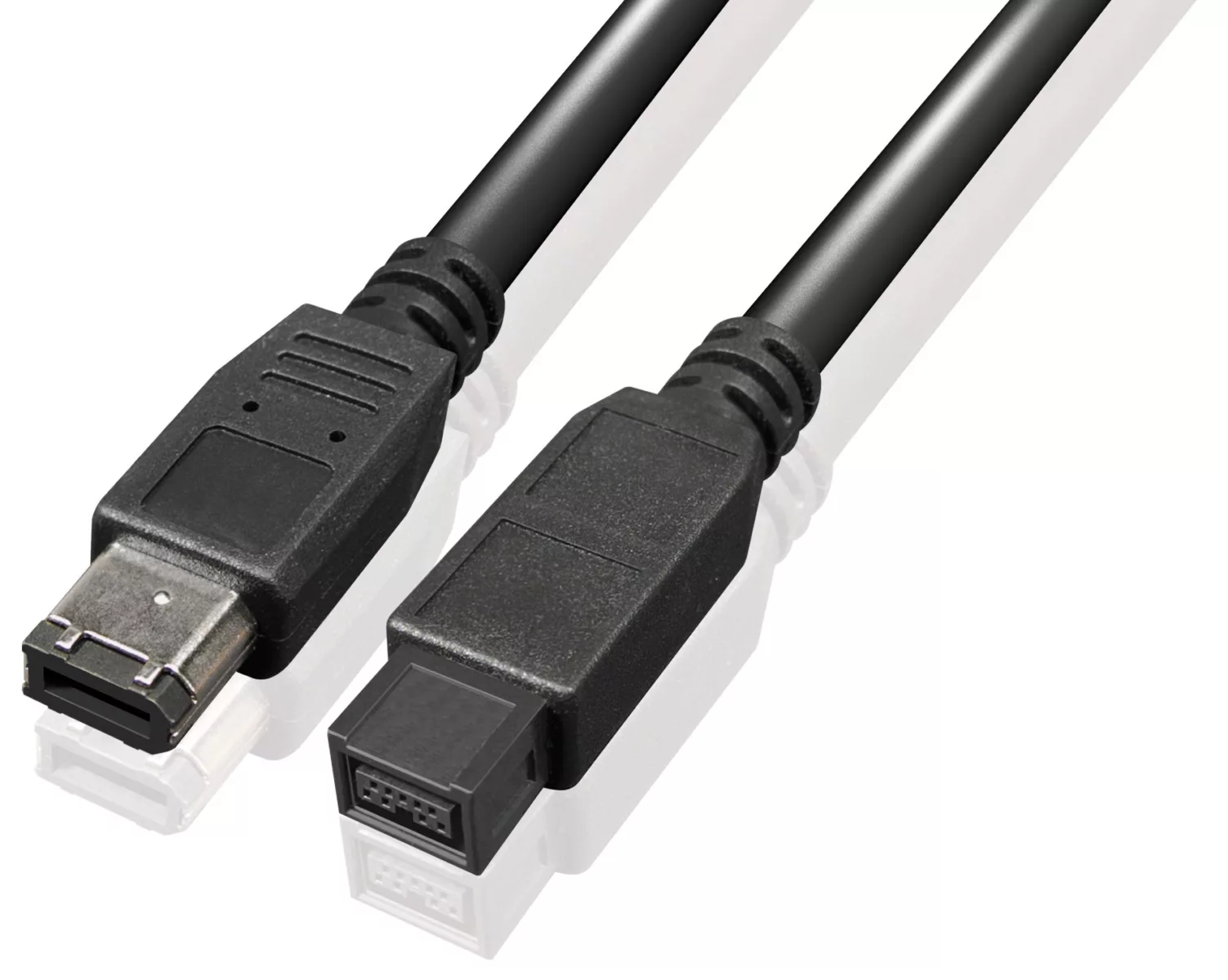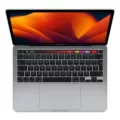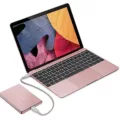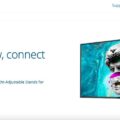The Firewire cable is an important part of any Mac user’s arsenal, allowing for a wide range of tasks to be completed quickly and efficiently. It is also known as an IEEE1394 or i. Link cable can be used to connect devices such as digital cameras, scanners, and external hard drives to your Mac computer.
When compared to the more common USB (Universal Serial Bus) connection, the Firewire cable has several advantages. The most prominent of these is that it supports much higher data transfer speeds than USB does. This makes it ideal for transferring large amounts of data quickly, such as when moving files between computers or backing up files to an external drive. It also allows for simultaneous connections between multiple devices, making it perfect for connecting various components together in a networked system.
The Firewire cable has come in several different versions over the years, with each iteration offering improved performance and support for newer technologies. The original Firewire 400 standard reached transfer speeds of up to 400 megabits per second (Mbps). Following this was the Firewire 800 standard which increased the speed limit to 800 Mbps and added support for power delivery over the same cable. Finally, Apple developed its own high-speed Thunderbolt standard which boasts data transfer speeds up to 20 Gbps (4x faster than Firewire 800).
Using a Firewire cable on your Mac is simple and easy; just plug one end into your device’s port and the other into your Mac’s port and you’re good to go! However, there are some things you should keep in mind before connecting anything up: make sure both devices are compatible with each other – not all models are – check that you have an appropriate power supply if needed – some devices require extra power from an AC adapter – and finally make sure that you use the correct type of Firewire cable; there are two main types – 4 pins and 6 pin – so check before buying!
the Firewire cable is an important tool in any Mac user’s toolbox. With its fast data transfer speeds and ability to connect multiple devices simultaneously it can help get jobs done quickly without compromising on quality or performance. Just remember to buy the right type of cable for your device!

Uses of Apple FireWire
Apple FireWire is a high-speed data transfer protocol used to connect computers and peripherals, such as hard drives, digital video cameras, and audio devices. It provides up to 800 Mbps of bandwidth and can supply up to 7W of power for bus-powered devices. The Apple Thunderbolt to FireWire Adapter allows you to easily connect any Thunderbolt-equipped Mac computer with a FireWire device. This adapter provides a convenient way of transferring data quickly between your Mac and FireWire device without having to purchase any additional hardware.
Comparing FireWire and USB C
No, FireWire and USB C are not the same. While both are types of computer connections, they differ in terms of capabilities and speed. FireWire is a connection type that was created by Apple and is used mainly on Apple computers and audio-visual equipment. It is capable of transferring data at speeds up to 800 Mbps, making it ideal for transferring large amounts of audio and video data quickly. USB C is the latest version of the USB connection type, which was developed by Intel. It is capable of transferring data at speeds up to 10 Gbps, making it ideal for connecting devices such as external hard drives or monitors.
Connecting Devices to FireWire
FireWire is a high-speed connection technology that allows for fast data transfer between devices. It is most commonly used to connect digital camcorders, external hard drives, printers, audio and video devices, and many other types of peripherals. FireWire supports data transfer rates of up to 480 Mbps, making it an ideal connection for transferring large amounts of data in a very short amount of time. Additionally, it can be used to connect two computers together in order to share files or use one computer as a backup for the other.
Advantages of FireWire Port Over USB
The main advantage of FireWire over USB is its ability to stream data in both directions simultaneously, allowing for more stable synchronization and performance. FireWire is also able to send and receive data at a much faster rate than USB, as it has a higher data transfer rate of up to 400 megabits per second compared to USB 2.0’s 60 megabits per second. Additionally, FireWire can support up to 63 devices on a single bus while USB can only support up to 127 devices on multiple buses. This allows for larger amounts of data transfer with less latency and fewer chances of interference or errors.
Devices That Use FireWire Port
FireWire port is commonly used to connect audio and video devices like camcorders, hard disk drives, digital cameras, and external CD-ROM/DVD-ROM drives. It is also used for high-speed data transfer between Mac computers and other devices such as printers, scanners, and external storage devices. Additionally, it can also be used to connect a computer to a television or audio/video receiver for streaming media.
Conclusion
In conclusion, FireWire cables are still a great choice for transferring data between two devices, especially when it comes to audio and visual information. However, with the introduction of Thunderbolt 4 and USB4, FireWire cables have been slowly phased out by Apple. Despite this, FireWire is still being used by many professionals and hobbyists alike due to its high data transfer rate and reliable connection.








